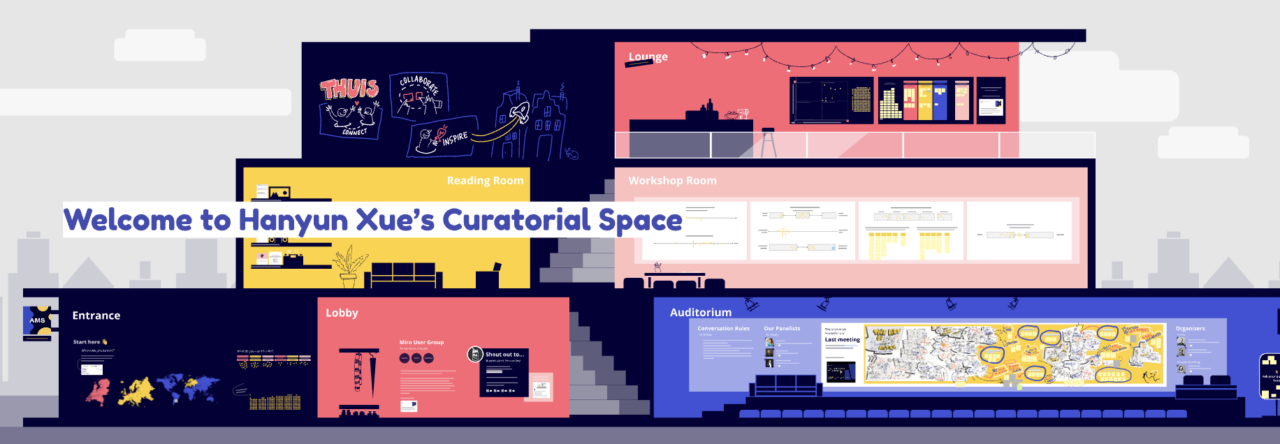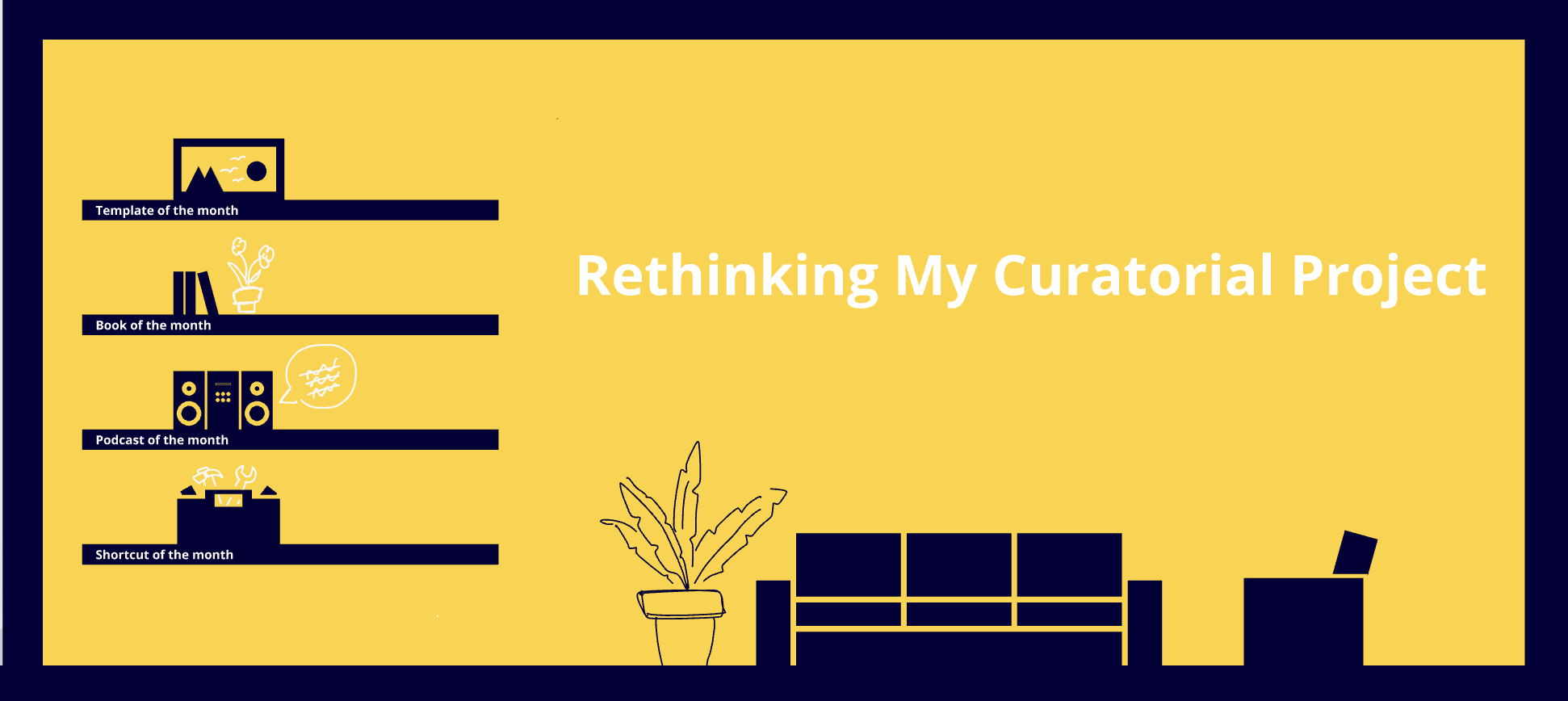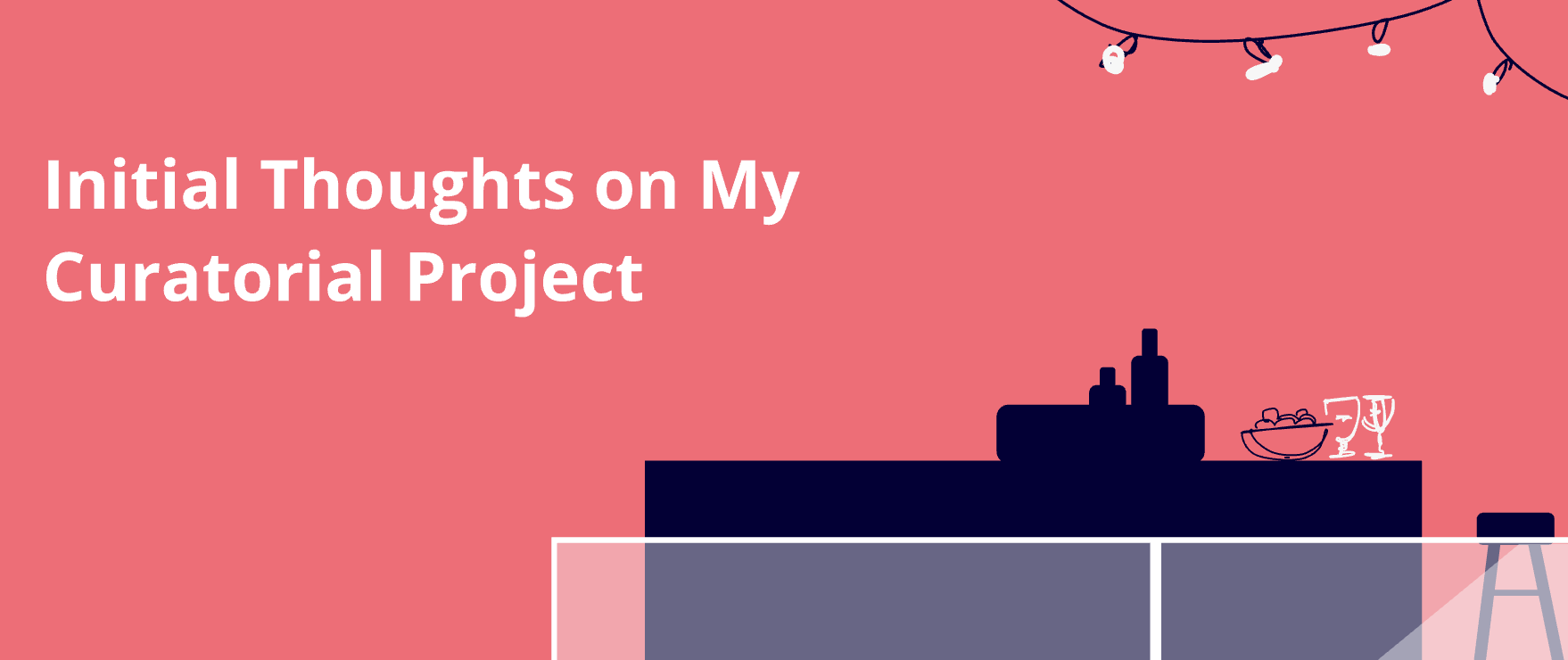🎨 Introduction: A Shift in Perspective
Over the past week, my curatorial approach has gone through a major transformation. Initially, my project was an extension of last semester’s research, focusing on value construction and symbolic power in the art market 🎭, particularly how auctions shape the perception of cultural value. This was a familiar territory for me, something I had explored during my time at Sotheby’s.
But after diving into this week’s readings 📚—especially on archival studies, decentralization, and participatory curation—I started to realize: my curatorial approach could be bolder, more open, and more experimental.
I found myself increasingly drawn to decentralized curation and the NFT market 🔗💡—especially how they challenge the traditional role of curators and redefine audience participation. This realization pushed me out of my comfort zone , but it also led me to a more dynamic, experimental direction that better connects with my background in the art market. So, I decided to shift my curatorial framework and develop “Fluid Curating: Experimenting with Decentralized Art Ecologies and Archiving” .
💡 What Changed My Thinking?
Throughout my readings, a few key texts and ideas significantly influenced my thought process:
1️⃣ Curation is a Dynamic Process, Not a Static Product
Reading The Curatorial: A Philosophy of Curating by Jean-Paul Martinon (2013) really struck a chord with me. I was particularly drawn to his idea that curating is not just about putting works of art together, but a constantly changing, continuous process of generation. This got me thinking, why can’t the exhibition be more “fluid”? Could it be a space shaped by multiple forces, rather than a framework decided unilaterally by the curators? 🤔
2️⃣ Curation as a “Living Archive” Instead of a Static Record
In Living Archives (Färber, 2007), I saw a new way of curating – that archives could not only be static records but also evolving active ecology. It dawned on me that curation could actually become an open “archival system” in which audiences, artists, and even AI could contribute to its evolution.🏛️➡️💻
3️⃣ NFTs and the Decentralization of Curatorial Power
I used to think of NFTs mainly as digital collectibles, but after reading Issues in Curating Contemporary Art and Performance (Rugg & Sedgwick, 2007), I began to think: Can NFT be a curatorial tool? If the way artworks are displayed can be recorded via blockchain, then the exhibition itself becomes a transparent, traceable process, giving the audience greater decision-making power.🤯
4️⃣ The Potential of AI in Curating
Refik Anadol’s work and Algorithmic Curation (Golding, 2011) made me rethink AI’s role in exhibitions. AI can analyze market trends, generate curatorial texts, recommend artworks, and even predict future artistic movements 🔮. What does that mean for curators? Could AI become a co-curator rather than just a tool?
“Fluid Curation” : My new curatorial concept
🚀 Next Steps: Making This Vision a Reality
🔍 What’s next?
1️⃣ Deepening my research on blockchain-based curatorial models to refine the decentralization aspects.
2️⃣ Sketching out exhibition layouts and interactive tools to create an immersive experience.(leveraging technology partnerships for implementation 🤝💡)
3️⃣ Sharing my ideas in group discussions to explore potential challenges and refine my approach.
✨ Final Thoughts:
📌 What are your thoughts on decentralized curation? Feel free to discuss in the comments! 💬
📖 References
Brown, Stephen, and A. Patterson. 2007. Imagining Marketing Art, Aesthetics and the Avant-Garde. Routledge.
Deleuze, Gilles, and Félix Guattari. 1994. What is Philosophy? Columbia University Press.
Deleuze, Gilles, and Félix Guattari. 2004. A Thousand Plateaus. Bloomsbury.
Färber, Alexa. 2007. “Exhibiting ‘Science’ in the Public Realm.” In Exhibition Experiments, edited by Paul Basu and Sharon Macdonald, 211–232. Blackwell Publishing.
Golding, Johnny. 2011. “Fractal Philosophy (And the Small Matter of Learning How to Listen): Attunement as the Task of Art.” In Deleuze and Contemporary Art, edited by Ian Buchanan and Nicholas Thoburn, 37-72. Edinburgh University Press.
Martinon, Jean-Paul. 2013. The Curatorial: A Philosophy of Curating. Bloomsbury Academic.
Rugg, Judith, and Michele Sedgwick. 2007. Issues in Curating Contemporary Art and Performance. Intellect.




